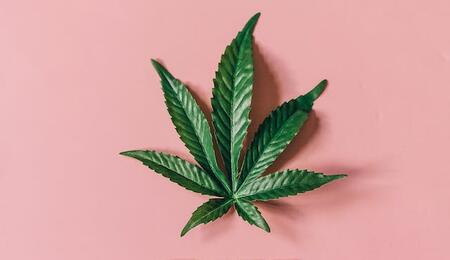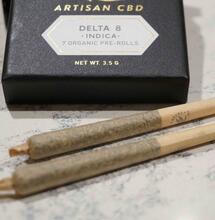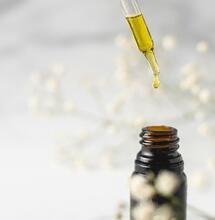What Creates the Entourage Effect?

The three most significant active ingredients in cannabis that create an entourage effect are major cannabinoids, minor cannabinoids, and terpenes. Other lesser effects may also come from thiols, esters, aldehydes, and flavonoids.
The two major cannabinoids present in cannabis are delta-9 THC and CBD. Isolated, pure active ingredients may be the favoured route for scientists, however, this is not the consumer’s preferred experience, which fundamentally speaks to the entourage effect, combining ratios of THC and CBD will have a prevailing difference in the end effect.
Science believes the most encouraging science for future treatments can be found in minor cannabinoids. There are around 120 different minor cannabinoids that have been examined especially less than CBD and THC. The most researched minor cannabinoids are cannabigerol (CBG), cannabichromene (CBC), and cannabinol (CBN).
Other noteworthy minor cannabinoids include THC’s other various chemical forms like tetrahydrocannabivarin (THCV) and tetrahydrocannabinolic acid (THCa), which can be used instead of THC to decrease the compound’s psychoactive properties and side effects while still receiving its benefits. Flowers and extracts all contain major and minor cannabinoids in differing amounts.
Alongside major cannabinoids, flowers and extracts may have between 0.5 and 15% minor cannabinoids. Sativa and Indica strains will have varied minor cannabinoid profiles, many of which can contribute to the consumer's overall experience.
Each minor cannabinoid profile has scientific effects, like reducing inflammation, impeding cancer cell growth, restricting bacterial growth, encouraging bone growth, soothing fungal infections, helping with sleep, reducing pain and muscle spasms, etc.
Terpenes are found in most plants, not just cannabis, they are the third major contributor to the entourage effect.
Terpenes have been studied for centuries. These delicate components have evolved in their natural sense to ward off predators. In cannabis, terpenes not only smell good but have deep added effects on the cannabis experience.
However, when cannabis is dried and smoked or extracted, terpene content is reduced to 0,5-3% of the flower. Meanwhile, THC and CBD make up 12-30% and minor cannabinoids between 5-15%.
It is no surprise therefore that the freshly frozen live resin has soared in popularity in recent years for being able to capture major cannabinoids, minor cannabinoids, and terpenes at the levels that they existed in the live plant. The result is as much as 15% terpenes, which creates a very robust taste profile.
Other minor factors that may enhance the entourage effect include
- Thiols may contribute to the “skunk” smell of cannabis.
- Esters are thought to add fruity flavours
- Aldehydes may chemically alter the terpene profile.
- Flavonoids are thought to impact colour and may have some therapeutic effects.
More on this topic from Soft Secrets:









